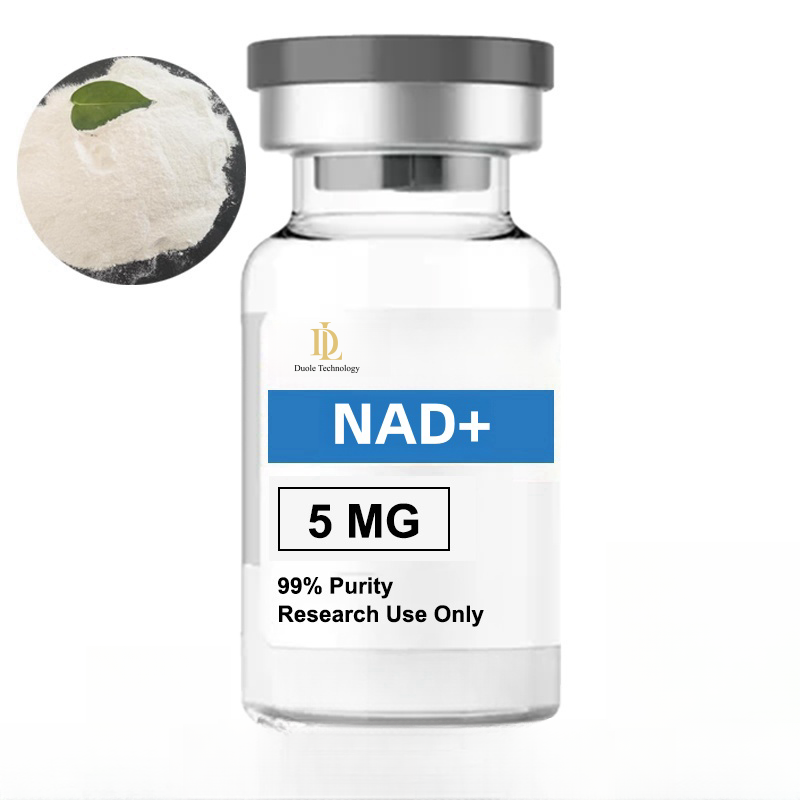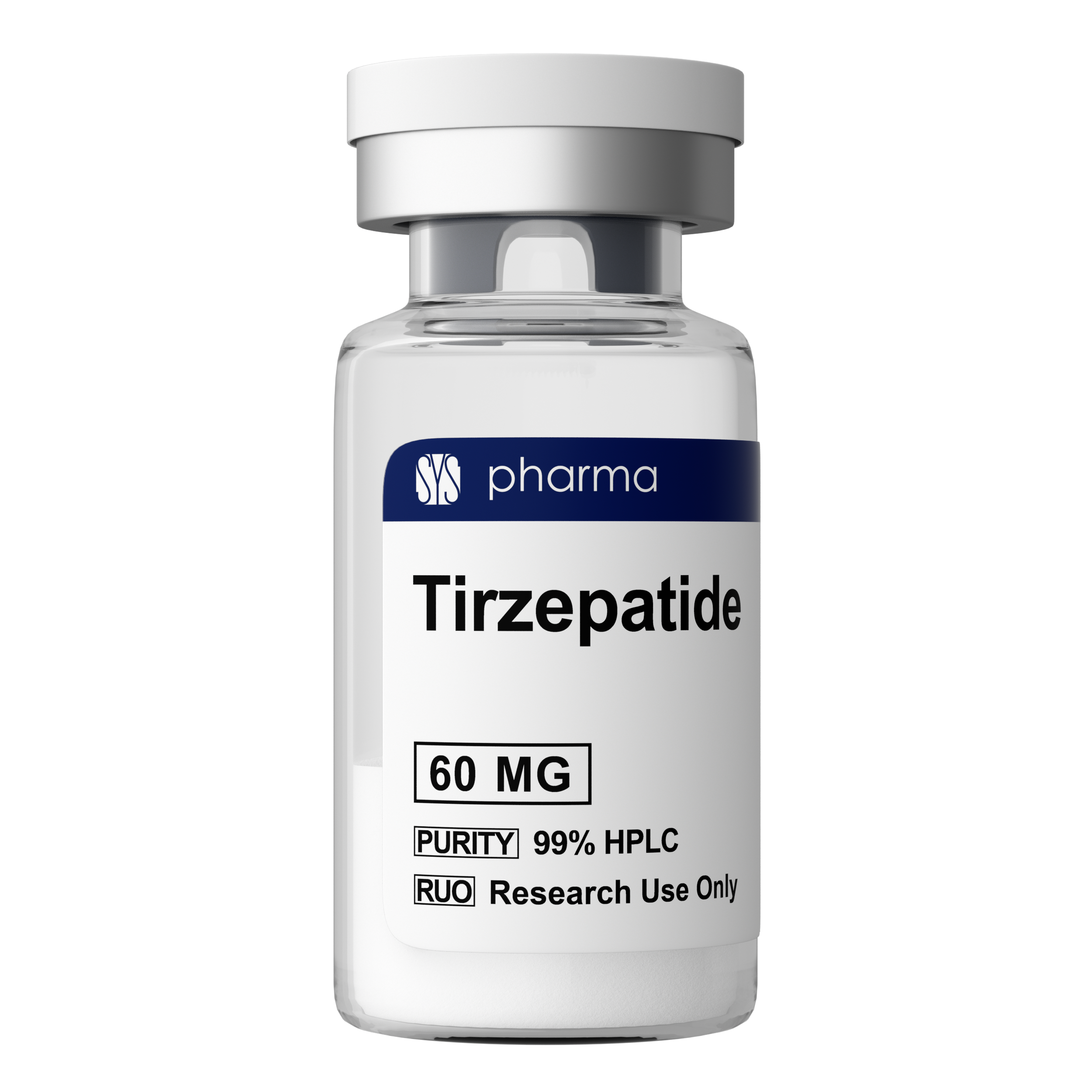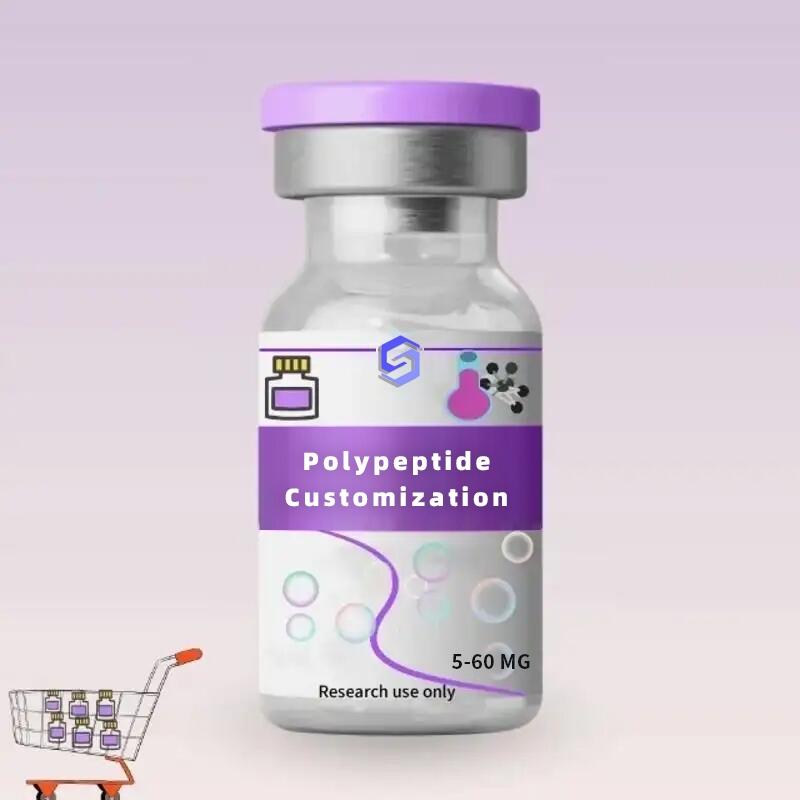-
Categories
-
Pharmaceutical Intermediates
-
Active Pharmaceutical Ingredients
-
Food Additives
- Industrial Coatings
- Agrochemicals
- Dyes and Pigments
- Surfactant
- Flavors and Fragrances
- Chemical Reagents
- Catalyst and Auxiliary
- Natural Products
- Inorganic Chemistry
-
Organic Chemistry
-
Biochemical Engineering
- Analytical Chemistry
-
Cosmetic Ingredient
- Water Treatment Chemical
-
Pharmaceutical Intermediates
Promotion
ECHEMI Mall
Wholesale
Weekly Price
Exhibition
News
-
Trade Service
Levocetirizine dihydrochloride is an antihistamine drug that is commonly used to treat allergy symptoms such as sneezing, itching, and watery eyes.
It is also used to treat chronic hives and other skin allergies.
Levocetirizine dihydrochloride is a white to off-white crystalline powder that is water-soluble.
It is widely used in the pharmaceutical industry and is available under various brand names.
The manufacturing process of levocetirizine dihydrochloride involves several steps, including synthesis, purification, and formulation.
The synthesis of levocetirizine dihydrochloride involves the use of various chemical reactions and purification techniques to produce the final product.
The first step in the synthesis of levocetirizine dihydrochloride is the reaction of hydrazine with para-aminocinnamic acid to form N-(2-aminoethyl) hydrazine.
This compound is then treated with nitromethane to form N-(2-nitroethyl) hydrazine.
This compound is then reduced with hydrogen in the presence of a catalyst such as palladium on coal to form N-(2-aminoethyl) piperazine.
The next step in the synthesis of levocetirizine dihydrochloride is the reaction of N-(2-aminoethyl) piperazine with chloropropionyl chloride in the presence of a catalyst such as DMF to form levocetirizine dihydrochloride.
The final product is then purified using various techniques such as crystallization, chromatography, and filtration to remove any impurities.
After the synthesis and purification of levocetirizine dihydrochloride, the next step is the formulation of the drug.
This involves mixing the purified levocetirizine dihydrochloride with other ingredients such as excipients, stabilizers, and preservatives to form a final product.
The formulation process is designed to ensure that the drug is stable, effective, and safe for use.
There are several forms of levocetirizine dihydrochloride available, including tablets, capsules, and suspensions.
The dosage and administration of levocetirizine dihydrochloride may vary depending on the condition being treated and the individual patient.
The drug is usually taken orally, and the recommended dose may range from 10 to 640 milligrams per day.
The levocetirizine dihydrochloride should be taken with food to improve absorption.
The manufacturing process of levocetirizine dihydrochloride is highly regulated by government agencies such as the FDA to ensure the quality and safety of the drug.
The manufacturers of levocetirizine dihydrochloride must adhere to strict guidelines and Good Manufacturing Practices (GMP) to ensure the purity, potency, and effectiveness of the drug.
In conclusion, levocetirizine dihydrochloride is an important antihistamine drug that is widely used in the pharmaceutical industry.
It is used to treat a variety of allergy symptoms and skin allergies.
The manufacturing process of levocetirizine dihydrochloride involves several steps including synthesis, purification, and formulation.
The drug is available in various forms and dosage forms.
The manufacturing process of levocetirizine dihydrochloride is highly regulated to ensure the quality and safety of the drug.







